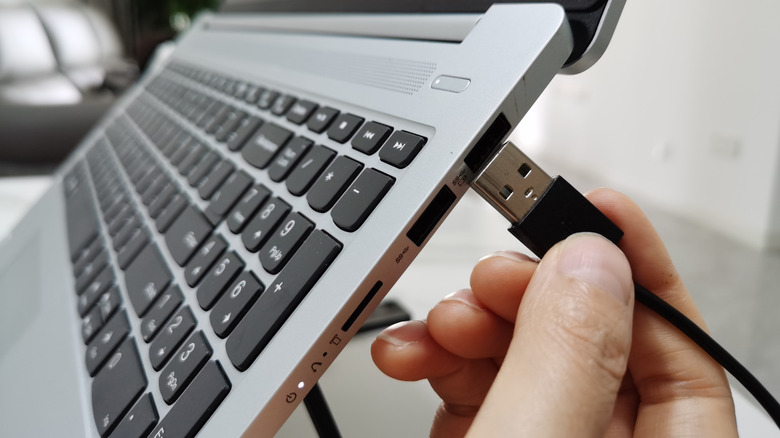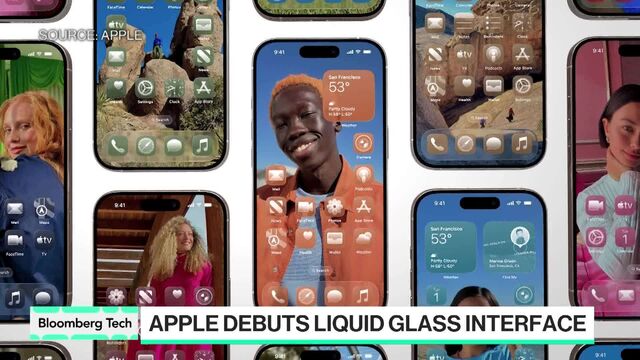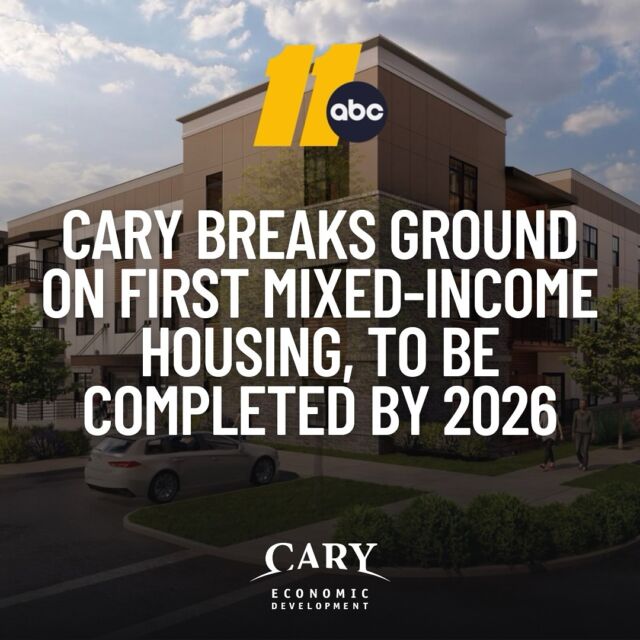Comparison between Apple MagSafe Battery and Anker Nano: The Top Power Banks for iPhone Air
**Comparative Analysis: Apple MagSafe Battery vs. Anker Nano Power Bank for iPhone Air**
**Update**: The Anker Nano is currently available at a 30% discount on Amazon for Black Friday.
The iPhone Air features remarkable battery longevity for users with moderate daily usage. However, for individuals who often find themselves away from a charging station for long durations, like when traveling, an external power supply is crucial. Apple has its own answer with the MagSafe Battery, designed to attach effortlessly to the back of the iPhone Air. Conversely, Anker offers a compelling alternative with the Anker Nano Power Bank, which promises increased capacity at a lower cost. This article delves into the design, efficiency, and performance of both battery solutions.
### Apple MagSafe Battery Design
The Apple MagSafe Battery is made from soft-touch plastic, with a cushioned rubbery front that adheres seamlessly to the iPhone Air. Measuring only 6.5mm thick, it encompasses the full width and height of the device, fitting snugly even with a bumper case. The design omits visible buttons or indicators; it features a single LED that briefly illuminates to show charging status when plugged into a power source. Users can check the battery percentage through the iOS Batteries widget, which also has a distinctive MagSafe lock screen animation.
### Anker Nano Design
The Anker Nano, while marginally thicker at 8.6mm, is constructed from a similar plastic material and is offered in black, white, or green. It includes one button that activates a row of four LEDs, reflecting the battery’s charge status in 25% increments. Although it is shorter than the Apple MagSafe Battery, it remains straightforward to attach to the iPhone Air, with a slight inset at the bottom.
### Charging Efficiency
Both power banks use magnetic connections for convenience, but wireless charging is not as efficient as wired methods. Energy losses of around 30% are typical with wireless charging. The Anker Nano boasts a capacity of 5,000 mAh, whereas the Apple MagSafe Battery has a capacity of approximately 3,149 mAh, similar to the battery within the iPhone Air. Apple asserts that its MagSafe Battery can yield roughly 65% extra charge to the iPhone Air.
In practical trials, the Apple MagSafe Battery charged the iPhone from 20% to 84% in approximately 75 minutes. In contrast, the Anker Nano fully charged the iPhone from 20% to 100% before depleting, offering an additional 16% charge beyond what Apple provides. This performance suggests that while the Apple battery is efficient, the Anker Nano’s greater capacity ultimately supplies more power.
### Conclusion
Ultimately, the Anker Nano Power Bank stands out as the better option for users seeking extended battery life for their iPhone Air. Although the Apple MagSafe Battery presents a more luxurious feel and seamless integration with iOS, it comes at a much higher price without matching performance. The Anker Nano, with its enhanced capacity and more economical price point, is perfect for travel and daily use, making it a sensible accessory for iPhone Air users.
Read More








